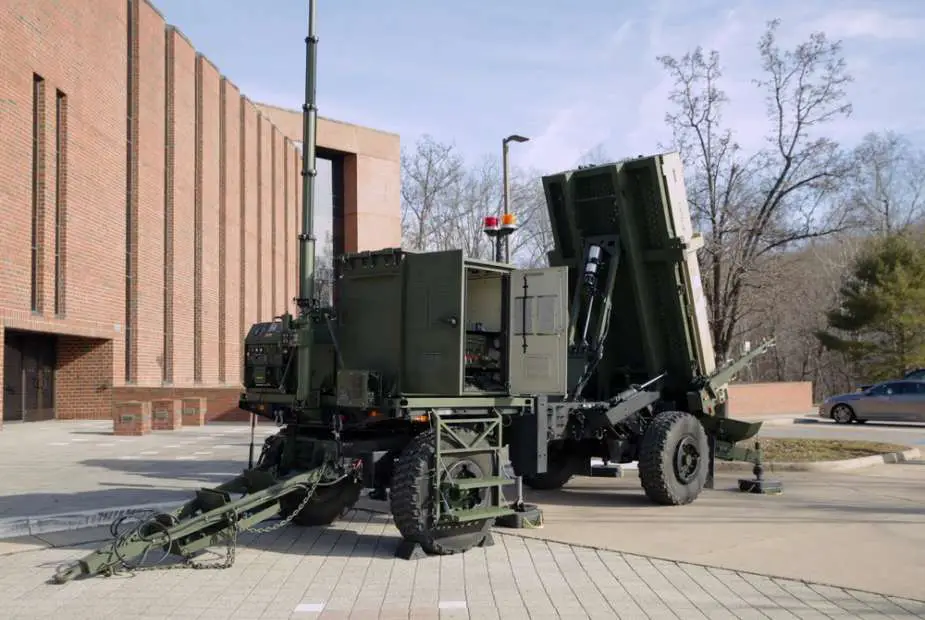Breaking news
US Marines Are Nearing Acquisition of New Air Defense System.
According to a report from Inside Defense, published on April 26, 2024, the US Marine Corps plans to increase its procurement spending on air defense systems for fiscal year 2025, allocating $111 million to the Medium Range Intercept Capability (MRIC) program.
Follow Army Recognition on Google News at this link

The MRIC has been tested by Marine Corps Systems Command for fielding beginning in fiscal year 2025. (Picture source: US DoD)
The United States Marine Corps is on the verge of enhancing its air defense capabilities with the adoption of a new interception system featuring SkyHunter missiles. The MRIC program, which utilizes SkyHunter missiles, represents the latest technological advancement in the Marine Corps' air defense arsenal.
"The MRIC is a middle-tier acquisition rapid prototyping effort, serving as a short-to-medium range air defense system that fills a crucial capability gap in the Indo-Pacific's contested theater," said Lieutenant Colonel Matthew Beck, product manager for A-MANPADS/MRIC. "Although primarily designed for cruise missile defense, the MRIC also possesses capabilities against other airborne threats and has demonstrated a high level of success in integration efforts through a series of live fire events."
"In short, the MRIC is designed to protect near fixed and semi-fixed critical assets, primarily from the threat of cruise missiles," Beck said. "In practical terms, the MRIC offers protection for our Marines, allowing them the freedom to conduct operations within an enemy's weapon engagement zone. In short, the warfighter can focus on executing the mission while being shielded from potential threats."
A key aspect of the MRIC program is its seamless integration with the AN/TPS-80 Ground/Air Task Oriented Radar (G/ATOR), which is a fundamental component of the Marine Corps' surveillance and targeting capabilities. This integration of radar and interception technology enhances the Marine Corps' ability to detect, track, and engage airborne threats, thereby strengthening its capacity to counter potential attacks.
Each MRIC launcher is designed to accommodate 20 SkyHunter missiles, following a configuration reminiscent of Israel's Iron Dome defense system.
As for the SkyHunter, it is a collaboration between Raytheon and Rafael Advanced Defense Systems to defend populated areas and critical assets with the Iron Dome system. It is used to intercept a variety of short-range targets such as rockets, artillery, and mortars, boasting a success rate exceeding 90% since its deployment in 2011. With a range of 4 to 70 kilometers, the SkyHunter surpasses the capabilities of its predecessors, such as the Stinger missile.
The US Marines are advancing into a new era of air defense with the imminent introduction of the Medium Range Intercept Capability (MRIC) program and the SkyHunter missile system. These technological advancements represent a proactive response to the growing challenges in the contested Indo-Pacific theater. The MRIC, by filling critical capability gaps, promises to enhance the protection of maritime and semi-fixed assets, enabling Marines to conduct operations in threatened environments with greater confidence and effectiveness.
Defense News April 2024























